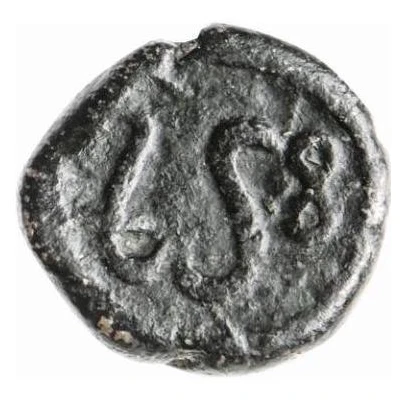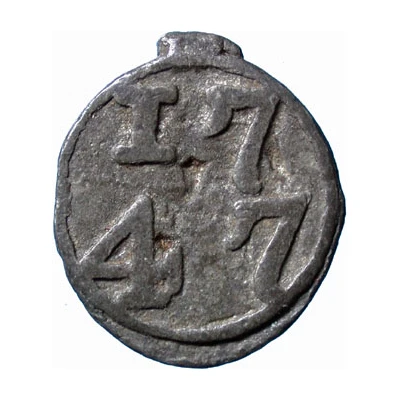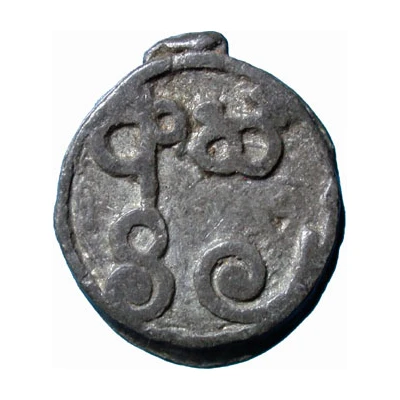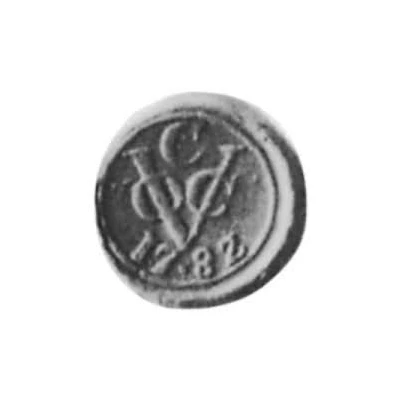


© Heritage Auctions
⅛ Stuiver ND
| Copper | 1.5 g | 15 mm |
| Issuer | Sri Lanka › Ceylon (1597-1972) |
|---|---|
| Period | Dutch occupation (1640-1802) |
| Type | Standard circulation coin |
| Years | 1660-1720 |
| Value | ⅛ Stuiver |
| Currency | Stuiver (1660-1796) |
| Composition | Copper |
| Weight | 1.5 g |
| Diameter | 15 mm |
| Thickness | 1 mm |
| Shape | Round |
| Orientation | Coin alignment ↑↓ |
| Demonetized | Yes |
| Updated | 2024-10-07 |
| Numista | N#144304 |
|---|---|
| Rarity index | 95% |
Reverse
Denomination
Lettering: 1/8 St
Edge
Plain
Interesting fact
One interesting fact about the ⅛ Stuiver coin from Sri Lanka (Ceylon) is that it was used as a form of currency during the Dutch colonial period, specifically between 1660 and 1720. The coin was made of copper and weighed 1.5 grams, which was a relatively small weight for a coin at that time. Despite its small size, the ⅛ Stuiver was an important part of the economy in Sri Lanka during this period, and it remained in circulation until the country transitioned to the British colonial system in 1720.



